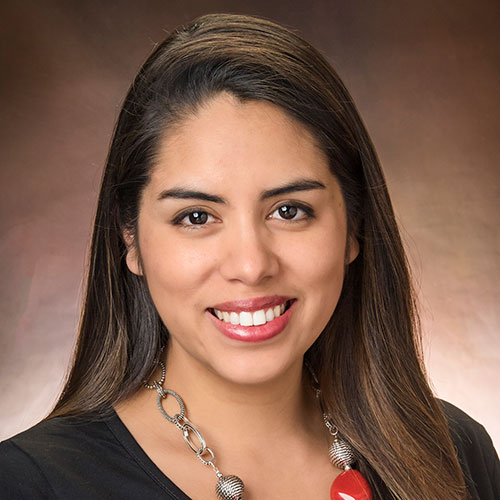
Hospitals Rarely Use Z Codes to Document Patients’ Social Risks
Billing Codes That Flag Food, Job, or Housing Insecurity in Medical Records are Underused for the Sickest Medicare Patients
Blog Post
Families that bring an infant home from the neonatal intensive care unit (NICU) go from having ready access to nurses and physicians, to taking care of a baby with complex medical needs on their own. The transition is hard on caregivers and precarious for patients. Like adults who leave the hospital after an extended stay, infants discharged from the NICU have a multitude of reasons for being at risk of adverse health outcomes.
Neonatal follow-up programs (NFPs) have been shown to play an essential role in the care of NICU graduates. However, NFP attendance rates vary widely across the country, and racial inequities in follow-up rates appear to exist between and within hospitals. In a recent study, we investigated whether the unprecedented shift towards telehealth delivery of care early on in the COVID-19 pandemic affected disparities in NFP attendance.
Based on data collected from a survey we designed and implemented into all telemedicine visits, we found that families that did connect to their virtual visit were able to complete their visits without technological complications nearly 100% of the time. However, nearly 30% of visits did not occur as scheduled. We found no association between virtual NFP visit attendance and infants’ sex, birthweight, gestational age at birth, or caregiver self-reported race and ethnicity, but families with lower socioeconomic status and those whose infants had been discharged from the NICU with required medical equipment—such as feeding tubes, apnea monitors, or pulse oximeters—were less likely to attend their scheduled visits. This was concerning because two populations that particularly need access to robust medical homes and comprehensive services are families living with low financial resources and medically complex children dependent on technology.
Our findings raise concerns about the short and long-term implications of the gaps in care that NICU graduates faced during the early COVID-19 pandemic. From the data available, it was impossible to ascertain the reasons why a visit did not occur, but our findings raise two important points: (1) if a family has the knowledge and resources to connect to a call, telehealth works; and (2) it’s important to learn the reason why many of those 30% of families did not connect in the first place. Does it relate to the digital divide that separates those in America with consistent access to affordable internet connectivity from those without that access? We need to continue to work on mapping internet connectivity across the country and using that data to ensure telehealth remains an equitable way to deliver healthcare.
Existing data can help us shine a light on where and how to bolster the infrastructure needed to help infants thrive after being discharged from a NICU. But that’s just the first step. The critical next step is to test interventions we develop and make sure the interventions have an equitable impact on patients.
What we learned from NICU graduates may be applicable to other patient populations. If there’s one thing we learned early in the pandemic, it was that public health emergencies test society’s safety nets and highlight their weakest points. Transitions from inpatient to outpatient care represent a vulnerable time for all patients and clearly, more support is needed, even in the absence of a pandemic.
The article, “Impact of COVID-19 on Infants Followed After Discharge From the Neonatal Intensive Care Unit Using a Telemedicine Model” was published in the American Journal of Perinatology by Diana Montoya-Williams, Sebastián Gualy, Margaux Mazur, Matthew Huber, Michelle-Marie Peña, Sara B. DeMauro, and Andrea F. Duncan.


Billing Codes That Flag Food, Job, or Housing Insecurity in Medical Records are Underused for the Sickest Medicare Patients

Experts Say Nursing Ethics Can Help Researchers Confront Federal Disinvestment, Defend Science, and Advance Health Equity

Study Finds Major Gaps in Cardiac Care Behind Bars

Eighth Year of Program That Recruits, Mentors and Develops Junior Faculty for Health Services Research

Chart of the Day: National Study Shows White Patients More Likely Than Black Patients to Get CT and/or Ultrasounds for Abdominal Pain in the Emergency Department

LDI Fellows Uncover Six Key Barriers and Solutions to Achieving Better Hospital Care